The ringing of the black phone has turned into the thunder of a box-office triumph. Against a notoriously sluggish October, The Black Phone 2 roared onto the global stage with an impressive $42 million opening, a figure that not only signifies a successful follow-up but actually surpasses the debut of its 2021 predecessor.
In a genre often plagued by diminishing returns, this second installment proves that some horror legacies don’t fade; they simply get louder, bigger, and more profitable. Hollywood lore dictates that the sequel rarely matches the quality or surprise of the original, but the horror genre has long offered a thrilling exception to this rule.
From iconic franchises that pivoted from simple slasher to epic action, to low-budget shockers that found their true cultural footing on the second attempt, a potent horror sequel often capitalizes on the fear established by its predecessor, delivering a heightened experience of terror and scale.
Evil Dead II (1987)
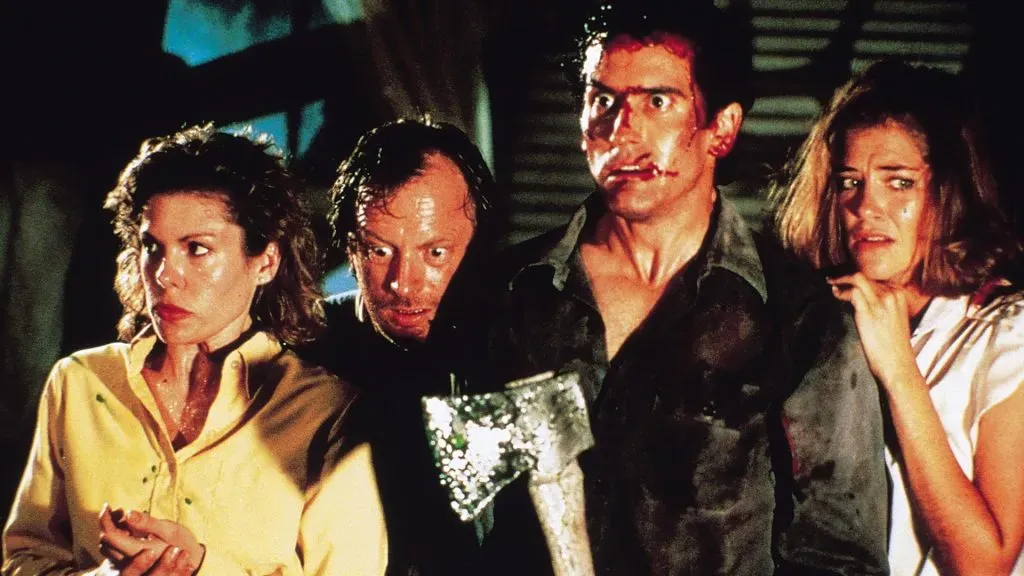
(Source: IMDb)
Sam Raimi’s sequel is often considered the definitive entry and a cultural landmark, essentially reinventing the original low-budget horror film as a frenetic, innovative blend of horror and slapstick comedy—a “splatstick” subgenre. It cemented Ash Williams (Bruce Campbell) as a horror icon and the chainsaw hand as a cinematic staple, elevating the series from a cult classic to a pop-culture touchstone.
Bride of Frankenstein (1935)
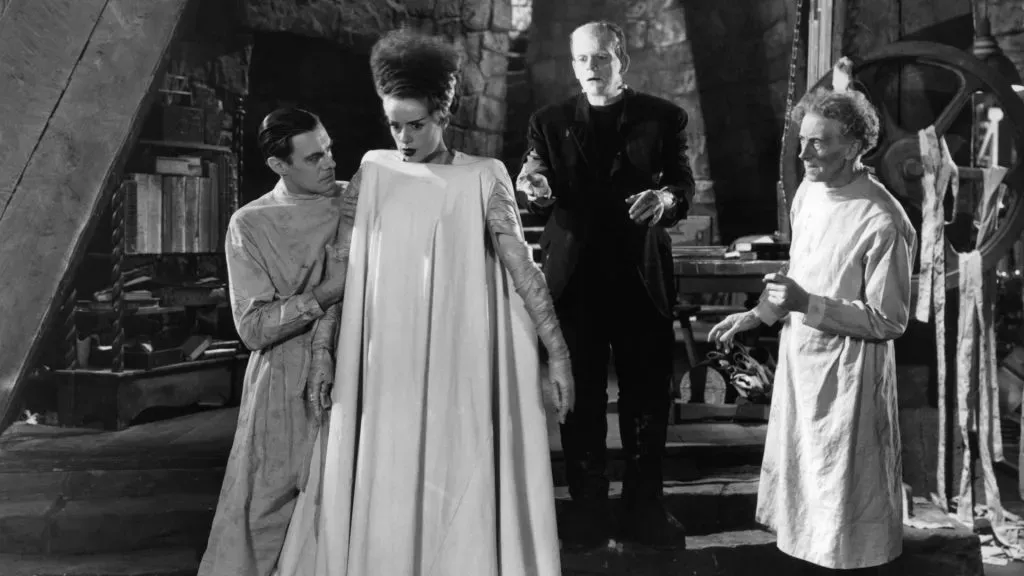
(Source: IMDb)
The Power: A legendary piece of cinema that is nearly universally lauded as being superior to its 1931 predecessor. Director James Whale imbued this sequel with more pathos, dark humor, and technical artistry. The tragic story and the brief, unforgettable appearance of The Bride made it an even richer and more influential film than the original, setting a high bar for all sequels to follow.
A Nightmare on Elm Street 3: Dream Warriors (1987)
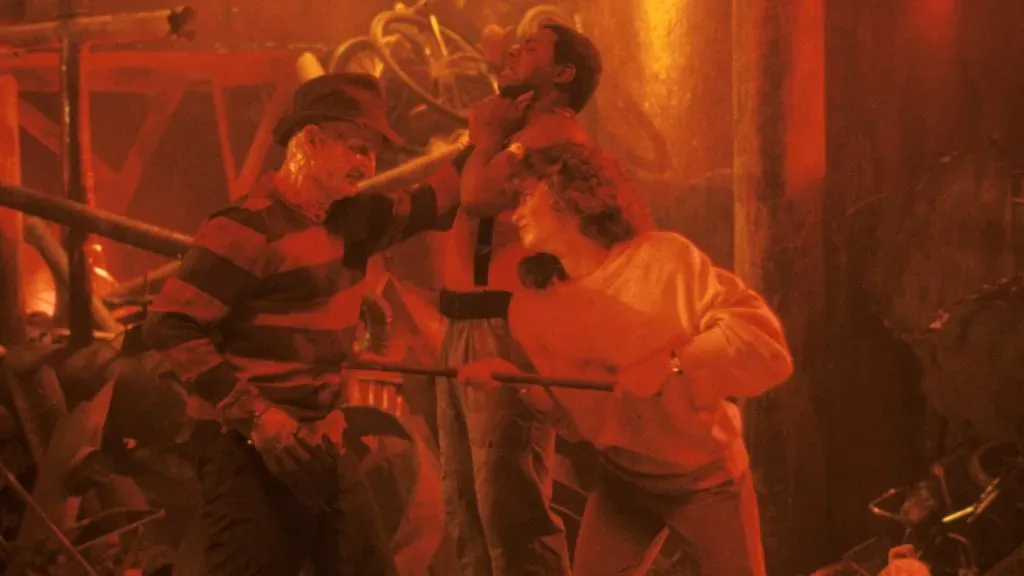
(Source: IMDb)
After a weak second installment, Dream Warriors saved the franchise. It introduced a vibrant, imaginative setting (the dream world) and gave Freddy Krueger new, spectacular powers, fully establishing his wisecracking, theatrical persona that defined the character’s immense popularity throughout the late 80s and 90s.
Scream 2 (1997)
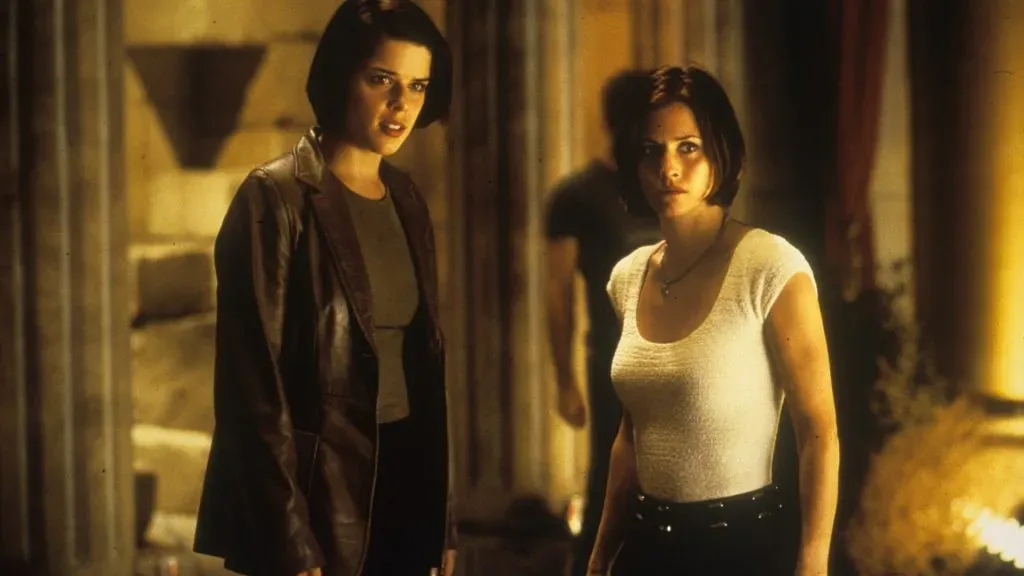
(Source: IMDb)
Following the first film’s revolutionary meta-horror approach, Scream 2 successfully expanded the scope to a college campus while delivering another layered, self-aware “sequel rules” script. It proved the franchise’s concept could sustain itself, maintained the beloved main cast, and secured a huge box office gross nearly equal to the original, solidifying its status as a definitive modern slasher series.
Annabelle: Creation (2017)
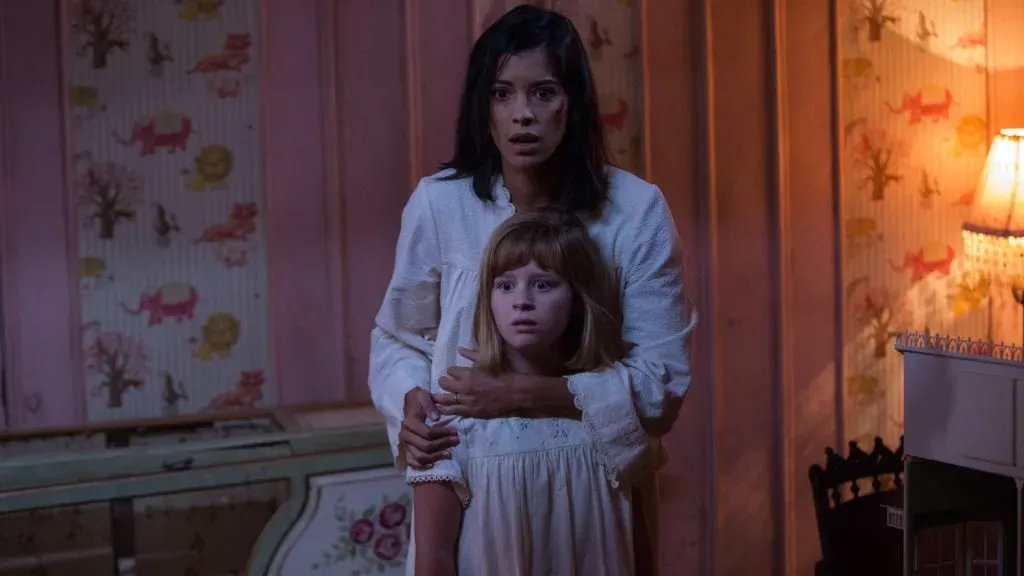
(Source: IMDb)
This prequel achieved what the first Annabelle movie could not: it made the doll genuinely terrifying and relevant. Critically acclaimed, it earned significantly more at the box office and successfully repaired the brand’s reputation, setting the stage for the spin-off’s continued commercial success.
It Chapter Two (2019)
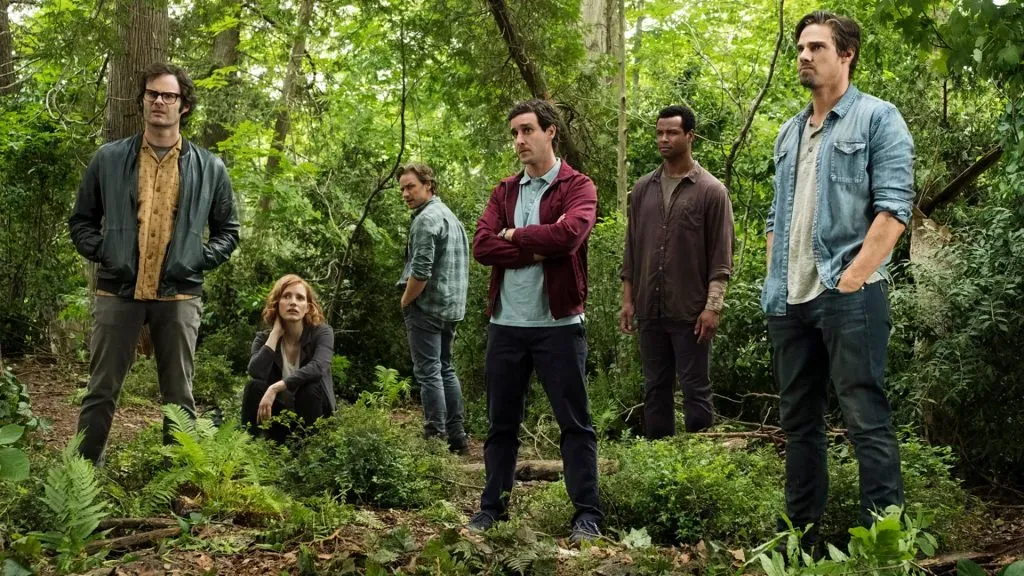
(Source: IMDb)
By giving fans the massive, star-studded conclusion to the Stephen King epic, the sequel became a cultural event. Its gargantuan worldwide box office gross of over $473 million shows that public excitement for the conclusion eclipsed even the initial enthusiasm for the first film’s introduction of the Losers’ Club.
Terrifier 2 (2022)
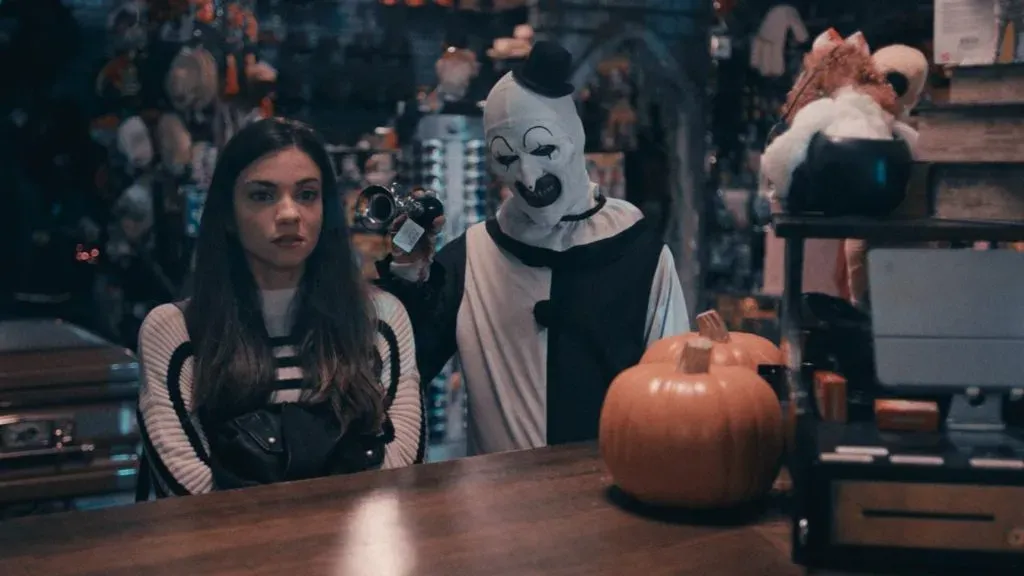
(Source: IMDb)
This low-budget, ultra-violent sequel became a true viral phenomenon, earning massive box-office success ($15M worldwide) that dwarfed its micro-budget original. It turned Art the Clown into a major, modern horror icon and proved that extreme, uncompromising practical gore could still capture mass popular attention, becoming a cultural touchpoint for extreme horror.
Ouija: Origin of Evil (2016)
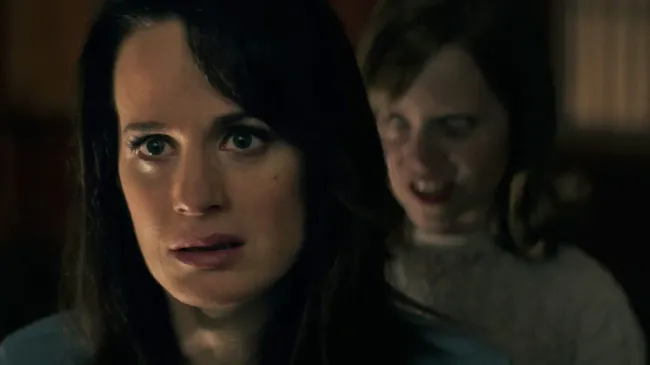
(Source: IMDb)
A critically acclaimed prequel that drastically surpassed the quality of the commercially successful but poorly reviewed Ouija (2014). Directed by Mike Flanagan, this sequel proved that great filmmaking and genuine scares could elevate even the most disposable studio IP, earning high critical praise and solidifying its reputation among genre fans.
Saw X (2023)
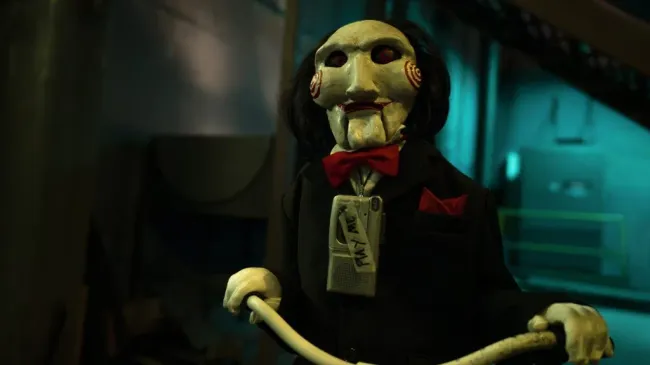
(Source: IMDb)
This direct mid-quel to the franchise was an unexpected critical and popular success. It brought back core characters Jigsaw and Amanda for a surprisingly emotional and personal story, earning the best reviews of the series since the original. Its $111 million worldwide gross proved the enduring strength of the torture-porn genre when paired with strong character focus.
Halloween II (1981)
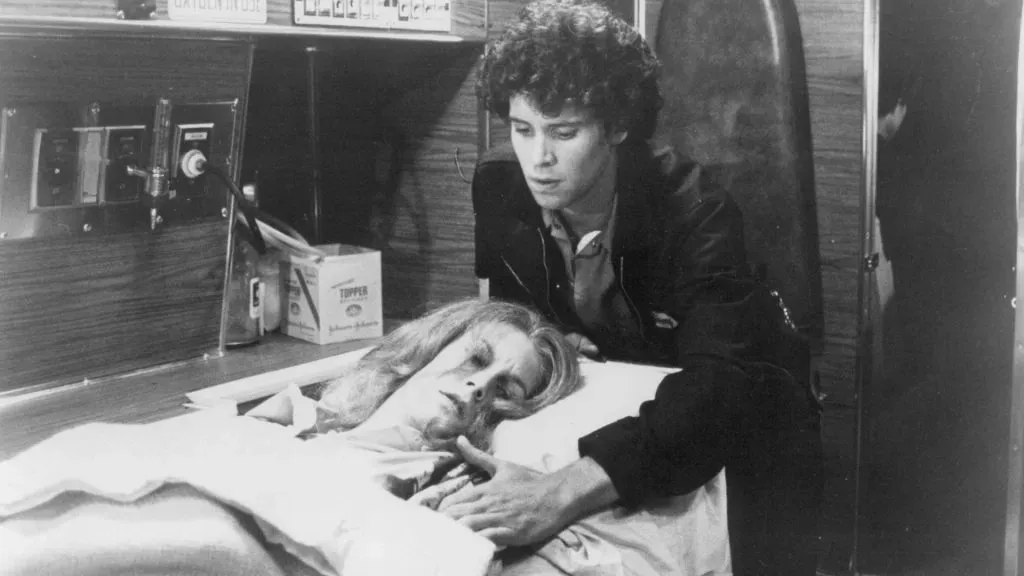
(Source: IMDb)
This film expanded the mythology of the original by introducing the concept of Michael Myers and Laurie Strode being siblings, a retcon that became fundamental to the franchise’s identity for decades. While the original is a masterpiece of dread, this sequel delivered more gore and a more direct action focus, satisfying fans who wanted an escalation of violence and mystery.





